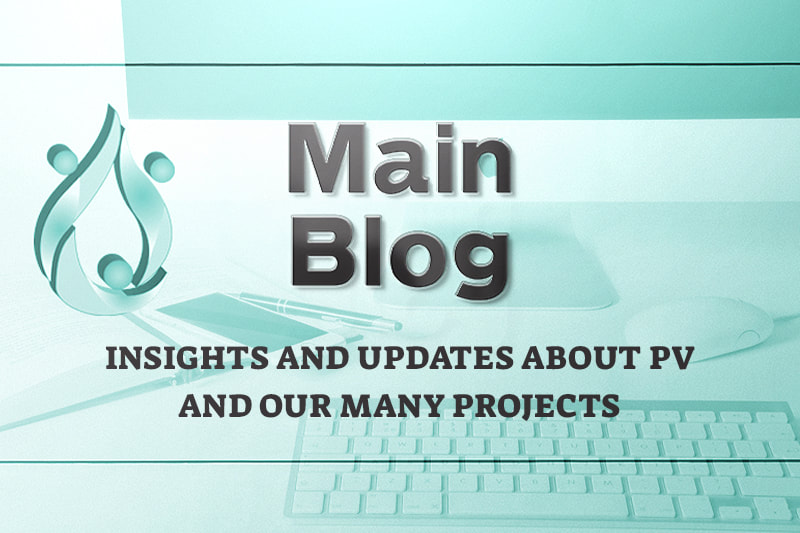|
Since ancient times, the use of river energy has been an important factor determining the development of civilization. In this long way of the development, the water engine, from the simplest water wheels used in the ancient world to supply water for irrigation, and water mills, transformed into modern hydraulic units for hydropower plants. The water turbine has evolved from the water wheel. For the first time, the distributor was applied to the water wheel by Professor Claude Burdin in 1827. He first called his mechanism a turbine (from the Latin turbo - rapid rotation), after which this definition came into use. In 1832, French engineer Fournayron, Burdin’s former student created the first practically applicable hydro-turbine. The design he created was of enormous importance for the further history of the turbine industry. Word of this amazing invention quickly spread throughout Europe. Engineers from many countries were coming for several years to inspect the Fournayron’s turbine. Soon the turbines were being built all around the world. The transition to the turbines was a revolutionary upheaval in the history of hydraulic engines. In subsequent years, several major types of hydraulic turbines have been developed. Later, in the 80s of the XIX century, a system of transmission of electric current over long distances was discovered and it became possible to focus on the production of electricity in "electricity factories" - power plants. A new era in the history of turbine construction began. Attached to the generator, the turbine became the mighty tool with which man placed the tremendous power hidden in rivers and waterfalls at his service. The top producers of hydropower today are:
There is still a tendency in the world to constantly increase the use of ever-renewable hydropower resources. In the light of a global climate change, hydropower, as the world's largest source of renewable energy, plays an increasingly important role. The development of this industry involves many difficulties. Hydropower should not just be grounded in a reliable economic and technical basis, its development should take into account the impact on the environment and lead to a better life for people. Many of the systems which convert energy from nature into electricity could be built at home in order to reduce electricity consumption. If you happened to have a river or a stream nearby, you can easily build a turbine for energy production yourself. A mini-hydroelectric generator is not very hard to build. There are numerous methods, and a great variety of the materials, but the steps are largely the same:
Now, putting the turbine into a stream and connecting it to the generator properly, you will be able to produce enough electric power to charge batteries or supply your home utilities. For more information, please watch this video collection: https://www.youtube.com/watch?v=21DWPZOv4SA https://www.youtube.com/watch?v=335ujD9pWp0 https://www.youtube.com/watch?v=0ieFZI4-6K8 https://www.youtube.com/watch?v=vG1AthYVgl8 “Hydropower is a clean and renewable energy source that provides affordable power throughout the country.” Seth Moulton
0 Comments
Leave a Reply. |
Author
Phoenix Voyagers Archives
January 2023
CategoriesVisit our other blogs!
|
|


 RSS Feed
RSS Feed




